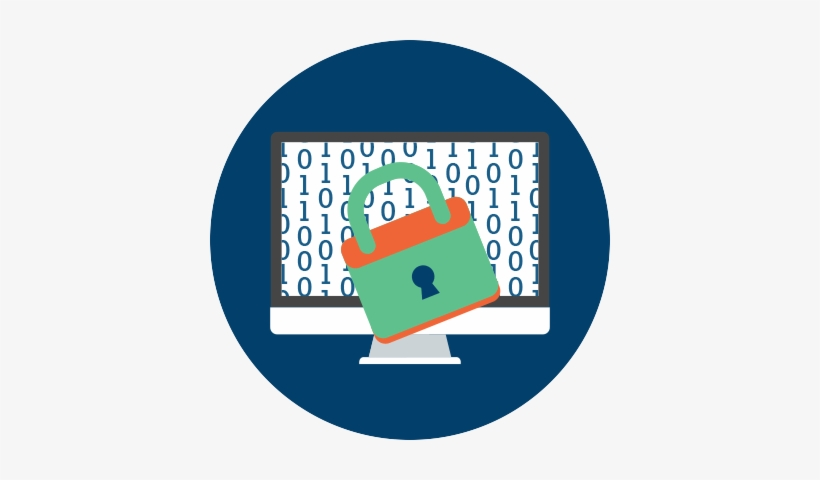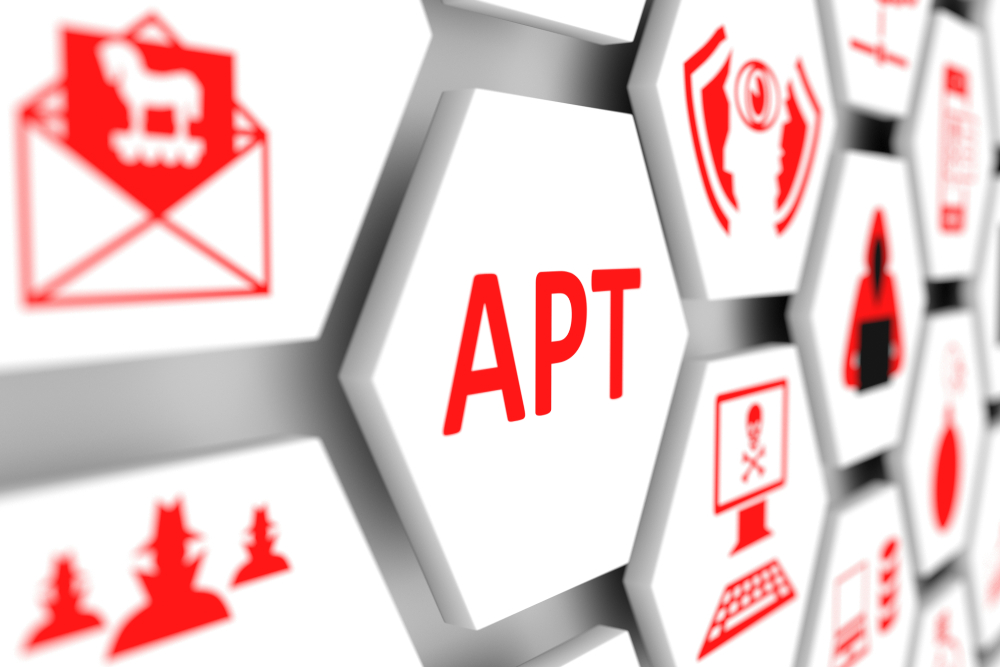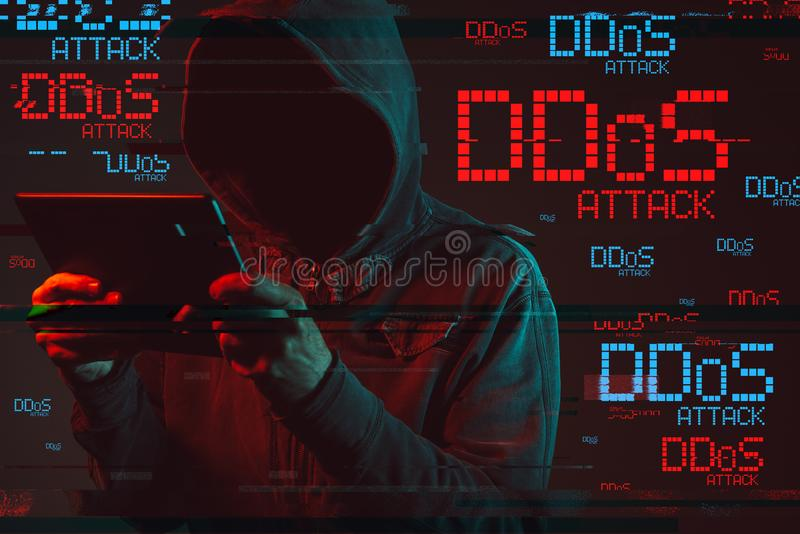In today's digital world, businesses are increasingly reliant on technology and the internet. While this has brought many benefits, it has also made businesses more vulnerable to cyber attacks. Cyber attacks can have devastating consequences for businesses, including financial loss, reputation damage, and legal liabilities. In this blog, we'll explore the top 10 cybersecurity threats to your business and provide tips for protecting your business from these threats.
1. Ransomware
Ransomware is a type of malware that encrypts a victim's data and demands payment in exchange for the decryption key. Ransomware attacks are becoming increasingly common, with cybercriminals targeting businesses of all sizes. To protect your business from ransomware, make sure to keep your antivirus software up-to-date, regularly back up your data, and educate your employees on the dangers of opening suspicious emails or attachments.
2. Phishing Attacks
Phishing attacks are a type of social engineering attack that involves tricking users into providing sensitive information, such as passwords or credit card numbers. Phishing attacks can be highly effective, as they often appear to come from a trusted source. To protect your business from phishing attacks, educate your employees on how to identify and avoid phishing emails, and use anti-phishing software to detect and block suspicious emails.
3. Insider Threats
Insider threats are a type of threat that involves employees or other trusted individuals who intentionally or unintentionally compromise your network or data. Insider threats can be difficult to detect and prevent, as they often have legitimate access to your systems and data. To protect your business from insider threats, implement strict access controls, monitor employee activity, and provide regular training to employees on security best practices.
4. Advanced Persistent Threats (APTs)
APTs are a type of cyber attack that involves sophisticated attackers who target specific organizations or individuals over a long period of time. APTs can be difficult to detect and prevent, as they often use multiple attack vectors and advanced techniques. To protect your business from APTs, implement multi-layered security measures, such as network segmentation, threat intelligence, and behavioral analysis.
5. Distributed Denial-of-Service (DDoS) Attacks
DDoS attacks are a type of attack that involves overwhelming a website or network with traffic in order to make it unavailable. DDoS attacks can be highly disruptive, as they can cause significant downtime and revenue loss. To protect your business from DDoS attacks, use anti-DDoS services or hardware, implement load balancing, and regularly test your systems for vulnerabilities.
6. Man-in-the-Middle (MitM) Attacks
MitM attacks are a type of attack that involves intercepting communication between two parties in order to steal sensitive information or manipulate the communication. MitM attacks can be difficult to detect and prevent, as they often involve impersonating a trusted entity. To protect your business from MitM attacks, use secure communication protocols, such as SSL/TLS, and educate your employees on how to detect and avoid MitM attacks.
7. SQL Injection
SQL injection attacks are a type of attack that involves injecting malicious SQL code into a database in order to steal or manipulate data. SQL injection attacks can be highly effective, as they can bypass traditional security measures, such as firewalls and antivirus software. To protect your business from SQL injection attacks, use secure coding practices, such as parameterized queries, and regularly test your systems for vulnerabilities.
8. Zero-day Exploits
Zero-day exploits are vulnerabilities in software that are not yet known to the vendor or security community. Zero-day exploits can be highly effective, as they can exploit a vulnerability before a patch or fix is available. To protect your business from zero-day exploits, keep your software up-to-date and use anti-exploit software to detect and block potential exploits.
9. Malware
Malware is a type of software that is designed to harm or exploit a computer system. Malware can be delivered through various channels, including email attachments, malicious websites, and infected software. To protect your business from malware, use antivirus software, keep your software up-to-date, and educate your employees on the dangers of opening suspicious emails or attachments.
10. Password Attacks
Password attacks are a type of attack that involves guessing or cracking passwords in order to gain access to a system or data. Password attacks can be highly effective, as weak or reused passwords are common. To protect your business from password attacks, enforce strong password policies, use multi-factor authentication, and educate your employees on how to create strong passwords.
In conclusion, cybersecurity threats are a real and growing concern for businesses of all sizes. By understanding the top 10 cybersecurity threats and implementing the necessary security measures, you can help protect your business from the devastating consequences of a cyber attack. Remember to stay vigilant and stay up-to-date with the latest security trends and technologies.
Keywords
Cybersecurity
Cybersecurity threats
Cyber attacks
Data breach
Malware
Ransomware
Phishing attacks
Denial of Service (DoS) attacks
Password attacks
Firewall
Antivirus software
Network security
Cybersecurity best practices
Cybersecurity training
Two-factor authentication
Endpoint security
Cybersecurity risk management
Vulnerability assessment
Incident response
Cybersecurity compliance.



















0 Comments